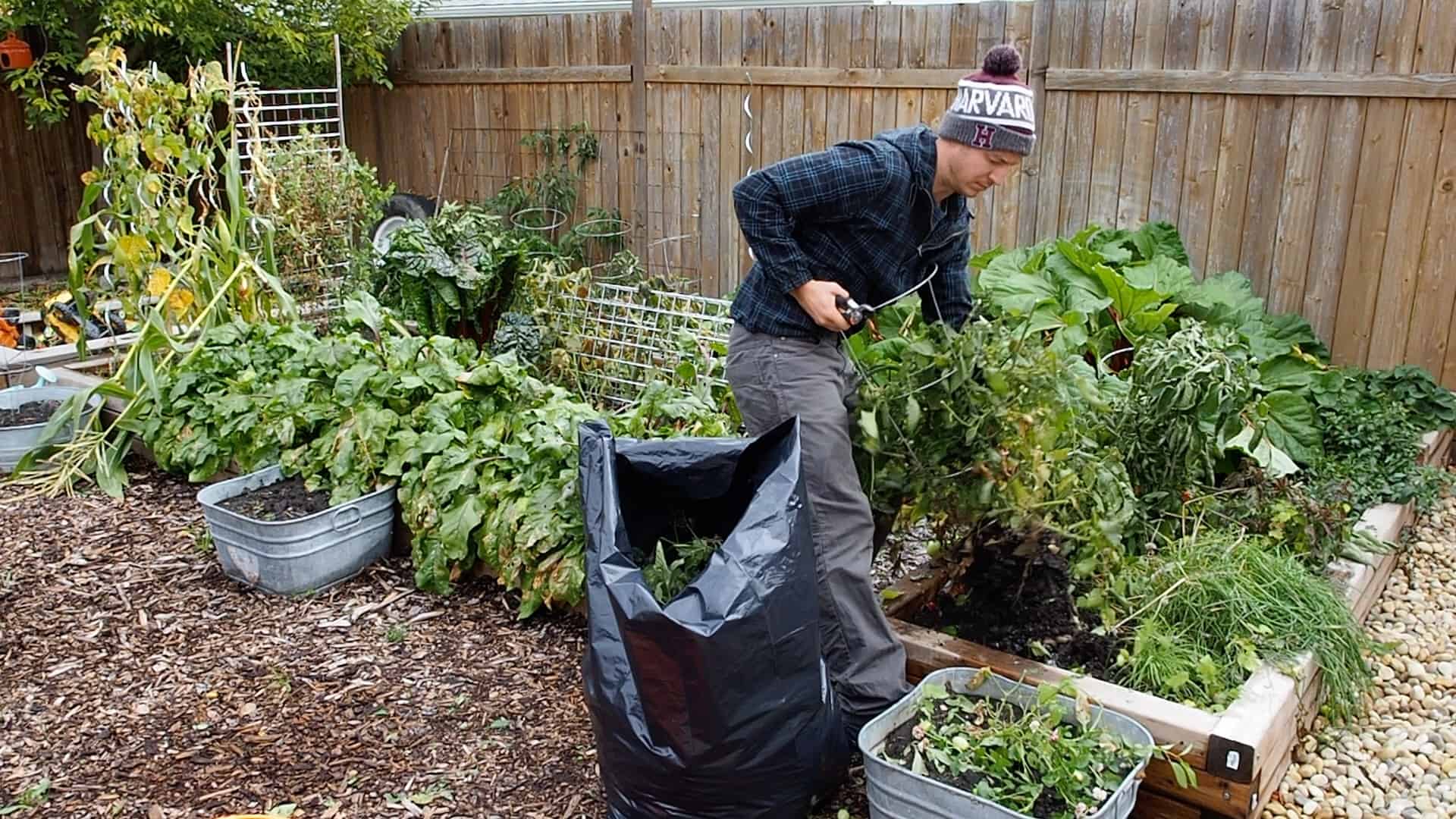Winter is approaching and that means that there will be sudden temperature changes, severe cold for several months and even frost and snow in many areas. So this is a very important time for the well-being of your garden, so you need to prepare it so that the drop in temperature doesn’t take you by surprise and that you suffer as little as possible.
When the cold weather starts, the plants that we usually use for decoration lose their leaves and we have to take care of them so that they stay healthy and look spectacular again when spring arrives. What should we do to protect plants and gardens in winter? Don’t know? Not to worry! We’ve got you covered as in today’s article, we tell you how to proceed.
Let Them Grow Old
If you cut back perennials in late fall, instead of letting them die back in place, you lose their aesthetic value in winter. Letting everything grow is also the most natural thing. In nature, no one cuts and cleans. Also, some plants, like ornamental grasses, may have a harder time overwintering if you cut them back. In a loosened plant, rain and snow can more easily penetrate. In addition, the withered parts of the plant act as a warming and protective blanket. If you leave perennials as they are, you are also giving birds and insects food to lodge in during the winter.
Protecting Sensitive Plants
Winter protection is not about protecting woody plants from the cold but from the early spring sun, so that they remain dormant until late winter. When the sun begins to warm up, the plant can wake up prematurely and begin growing before the frost has left the ground. Pure desert weather will then prevail in the garden. There is no water to absorb and the plants will likely be damaged by the drought. Often, a few spruce twigs or leaves over low plants will suffice. Climbing plants against a wall or large evergreen shrubs can be covered with sacking. Winter protection may also be necessary for plants that are borderline hardy in the growing zone where you live, at least until they have rooted and if there is not much snow. Snow is the best possible winter protection, as long as it stays until spring.
Rake the Lawn
Don’t hesitate to rake up any fallen leaves, at least if there are any heavy shocks, and put them in the beds as winter cover. Sure, it may look a little messy for a while, but when the warmth of spring arrives, it doesn’t take long before the material is turned into soil with the help of worms. It’s like on-site composting. When the leaves are decomposed, they feed the plants. The soil holds moisture better and has a better, looser structure. Also insert any fall fruits under the bushes. These fruits are a popular food for birds and other wildlife during the winter. If you have large trees, there will often be a lot of fall fruit, more than you can handle. Under the bushes, they rot better than if you put everything in a compost bin.
Protection from Deers
This last step will of course depend on your location. But if you have deers in the neighbourhood, when the garden fades, there is not as much food for them. Newly planted trees and shrubs become very appetizing. Protect them with a round, wide, high net so that a deer can’t get in and reach the plant. The lack of food means they can also start to feast on the things they like during the green season. Deer can even graze on yew globules, although this plant is poisonous. Place a mesh basket over the plant you want to protect or spray it occasionally with something that makes deer find it.
With these steps, your garden will be well prepared for winter. Do you have any other tips? We would love to read from you; don’t forget to leave a comment below!



